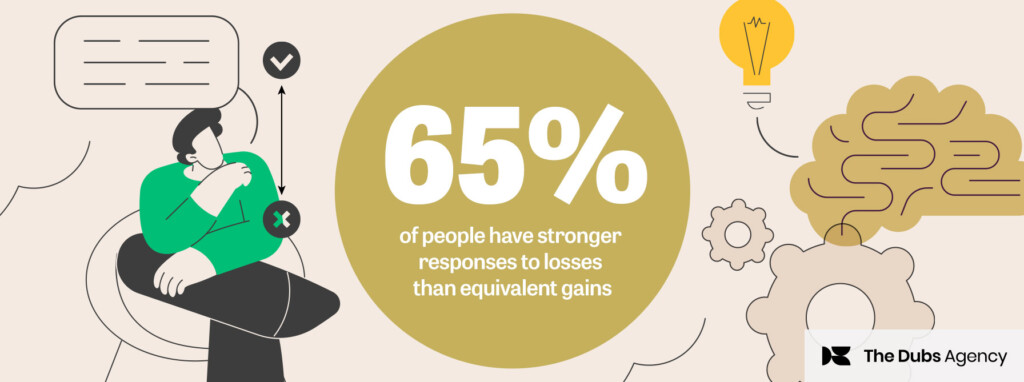As of January 2017, the UK has 42 million active social media users – which equates to almost 65% of the population. As advertising, tracking and targeting have become more sophisticated, brands in the financial sector and beyond are learning to use social media more effectively to reach consumers.
In the case of a financial services brand, this evolution has given brands the ability to segment their audience based on their economic situation (approaching retirement, young entrepreneur, first home owners etc.) and build campaigns accordingly. Social media has already played a huge role in shaping the experience of consumers, and social banking will only grow this influence further.
The rise of social banking
As technology becomes more advanced, we have seen financial brands respond in kind by integrating these technologies into their products and services. Today, you’d be hard pressed to find a bank that doesn’t have an iOS or Android app, and many predict that in the years to come chatbots on platforms like Facebook Messenger may automate banking entirely.
In the US, people can already use Facebook Messenger to transfer money, and Snapchat’s recently launched Snapcash system lets you do the same.
The rise of social banking will give users the power to transfer money and manage their accounts without ever having to visit their bank’s website.
Subscribe now for content marketing insights and trends straight to your inbox.
Facebook paving the way for social banking in the UK
In December 2016, Facebook revealed that they had acquired licenses for e-money and payment services to run out of their offices in Ireland. Coupled with their application for a money transfer license earlier in the year, they seem ready to launch social banking in Europe. It seems that Facebook has chosen this moment to move on social banking, as strict European laws that govern who can offer digital payment services are soon to be relaxed.
It’s excellent news for consumers who will no doubt benefit from a more convenient money management system, but where does this leave financial brands?
Social banking may not be so good for banks
While social banking may make life easier for consumers, on the whole, it’s going to make it all the more difficult for banks to market directly to consumers and manage the customer experience. According to a study by PWC, 68% of bankers are concerned with losing control over their customer interface. This could result in an inability to nurture customers, upsell and mitigate any negative experience they may encounter. If Facebook’s money transfer system was to experience an error, will the consumer blame Facebook or switch banks? At least the social media platform will have the customer captive and paying attention, whereas the bank will merely be operating in the background, finding it difficult to define or defend its reputation.
The issue of consumer trust and security
It isn’t all about convenience. Consumers are rightfully cautious when it comes to their financial information, and throwing social integration into the mix will make it even harder for banks to maintain security. Dr Neil Costigan, CEO of behavioural biometrics enterprise BehavioSec, told The Independent:
“Embracing social media services as identity providers could enable banks to provide the all-important seamless user experience we have come to expect from our digital services. We don’t want to be burdened with multiple authentication processes when trying to make a simple payment. However, the challenge is securing these social media platforms, without simply relying on us to keep our passwords safe.”
With biometrics also on the rise, the challenge banks face with their future content marketing is huge. As always, consumer demand will be the strongest force driving change in the industry. What this means is it’s time again for financial brands to respond and evolve, using targeted content to complement integrated technologies and reclaim control of their reputation and customer experience.
Image: Snapchat
Related Article: Why Chatbots Will Rule Everyday Banking
Related Article: Challenger Banks – How Atom Is Winning The Race
Subscribe now for content marketing insights and trends straight to your inbox.









